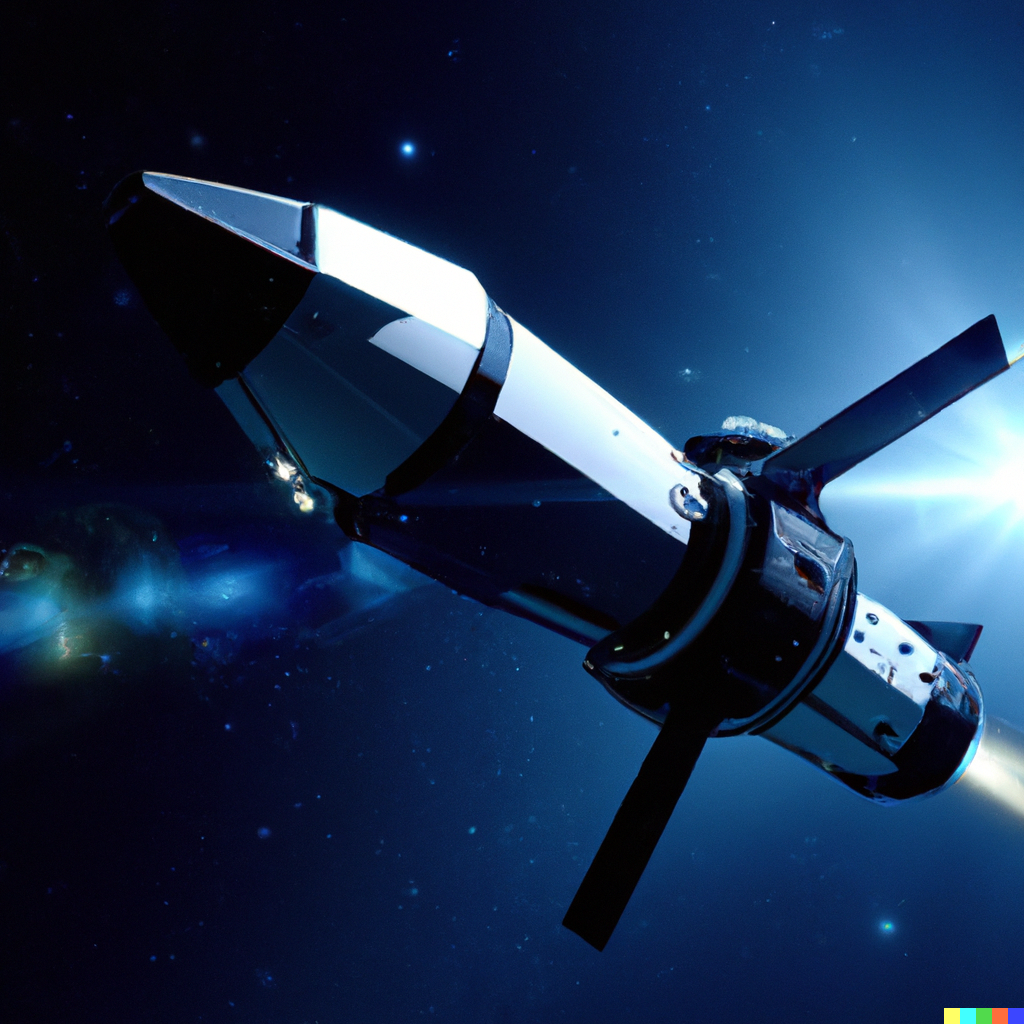This article explores the rapidly evolving world of Space Technology (SpaceTech), covering its history, major innovations like reusable rockets and satellite constellations, the rise of private space companies, and future trends such as space tourism and planetary colonization. Discover how SpaceTech is reshaping industries on Earth while opening new frontiers in space.
In the last few decades, space technology—commonly referred to as SpaceTech—has transformed from an elite, government-only pursuit into a dynamic, multi-billion dollar global industry. From satellite communications and GPS navigation to reusable rockets and space tourism, SpaceTech is redefining our relationship with the cosmos and fueling the next great leap in human innovation.
What is SpaceTech?
SpaceTech encompasses all technologies developed for use in outer space, including spacecraft, satellites, space stations, and the supporting infrastructure on Earth. It also includes advancements in robotics, AI, materials science, and telecommunications that enable safe, efficient, and economically viable operations in space.
SpaceTech is not limited to missions involving astronauts or distant planets. Its impact is felt in everyday life—from internet access and weather forecasting to disaster response and navigation systems.
A Brief History of SpaceTech
- 1957: The Soviet Union launches Sputnik 1, the world’s first artificial satellite, marking the beginning of the space age.
- 1969: NASA’s Apollo 11 lands the first humans on the Moon.
- 1981: The launch of the Space Shuttle Columbia introduces partially reusable spacecraft.
- 1998: The first module of the International Space Station (ISS) is launched, heralding a new era of international cooperation in space.
- 2010s – Present: Private companies like SpaceX, Blue Origin, and Rocket Lab begin launching their own rockets, drastically reducing launch costs and increasing access to space.
Key Areas of SpaceTech Innovation
1. Satellite Technology
Satellites are the backbone of SpaceTech. They enable telecommunications, internet, Earth observation, navigation, and even climate monitoring.
- Low Earth Orbit (LEO) satellite constellations like SpaceX’s Starlink and Amazon’s Project Kuiper aim to provide global broadband internet.
- CubeSats and nanosatellites are enabling low-cost space research and commercial applications for startups and academic institutions.
2. Reusable Launch Systems
Reusable rockets, pioneered by SpaceX with the Falcon 9, are a game-changer. By recovering and reusing first-stage boosters, companies are slashing launch costs and improving access to orbit.
- SpaceX’s Starship and Blue Origin’s New Glenn are designed for full reusability, potentially supporting missions to the Moon, Mars, and beyond.
3. Space Tourism and Commercial Flights
Companies like Blue Origin, Virgin Galactic, and SpaceX are racing to make space accessible to non-professionals.
- Suborbital flights offer a few minutes of weightlessness and a view of Earth from the edge of space.
- Orbital and lunar missions for private astronauts are being planned, paving the way for luxury space travel and even lunar tourism in the future.
4. Planetary Exploration
NASA, ESA, China, India, and others continue to explore the solar system. Mars missions, lunar landers, asteroid mining, and telescopic observation of exoplanets are all part of modern SpaceTech’s portfolio.
- NASA’s Perseverance Rover and China’s Tianwen-1 are recent examples of advanced planetary robotics.
- Plans for crewed missions to Mars are underway, with the 2030s often cited as a target window.
5. Space Habitats and Colonization
As ambitions stretch beyond Earth, SpaceTech is driving research into long-term space habitats.
- The Artemis Program by NASA aims to establish a sustainable presence on the Moon.
- Private efforts like Axiom Space are working on building commercial space stations to succeed the ISS.
6. In-Orbit Services and Debris Management
With over 30,000 pieces of tracked space debris, managing orbital junk is a growing challenge.
- Companies are developing solutions like satellite servicing, active debris removal, and space traffic management to ensure orbital sustainability.
Commercialization and Investment Trends
The "New Space" movement refers to the growing role of private enterprise in space technology. Venture capital is pouring into the sector, with over $270 billion invested in space startups since 2010 (as of 2025).
Notable trends:
- Launch-as-a-Service (LaaS): Space companies now offer flexible, on-demand launch services.
- Data-as-a-Service (DaaS): Satellite data is powering everything from agriculture to insurance.
- Manufacturing in microgravity: Experiments are underway to manufacture semiconductors, drugs, and advanced materials in orbit.
Challenges Facing the SpaceTech Sector
Despite the optimism, several challenges remain:
- Cost and risk: While decreasing, space missions are still expensive and risky.
- Regulation: Space law is lagging behind technology, creating uncertainties in ownership, liability, and resource utilization.
- Space debris: Collisions in space could jeopardize future missions.
- Ethical and environmental concerns: Who gets to own space? How do we ensure equitable access and sustainability?
The Future of SpaceTech
The coming decades could see revolutionary developments:
- Space-based solar power stations beaming energy back to Earth.
- Hypersonic space planes for ultra-fast global travel.
- Mining of asteroids and lunar resources to support in-space manufacturing and exploration.
- Interplanetary internet and permanent Moon bases.
SpaceTech is poised to be one of the most transformative sectors of the 21st century. Its intersection with AI, robotics, quantum computing, and green energy could make space not just the final frontier—but the next economic revolution.
Conclusion
SpaceTech is no longer confined to sci-fi fantasies or billion-dollar government labs. It is a real, tangible industry shaping the future of humanity. As launch costs drop and new players emerge, the barriers to space are falling—and what was once distant and inaccessible is now within reach. The stars are no longer a dream—they are a destination.
Interested in more updates on space technology?
Follow our blog for deep dives into rocket science, satellite trends, and startup spotlights in the fast-growing world of SpaceTech.
